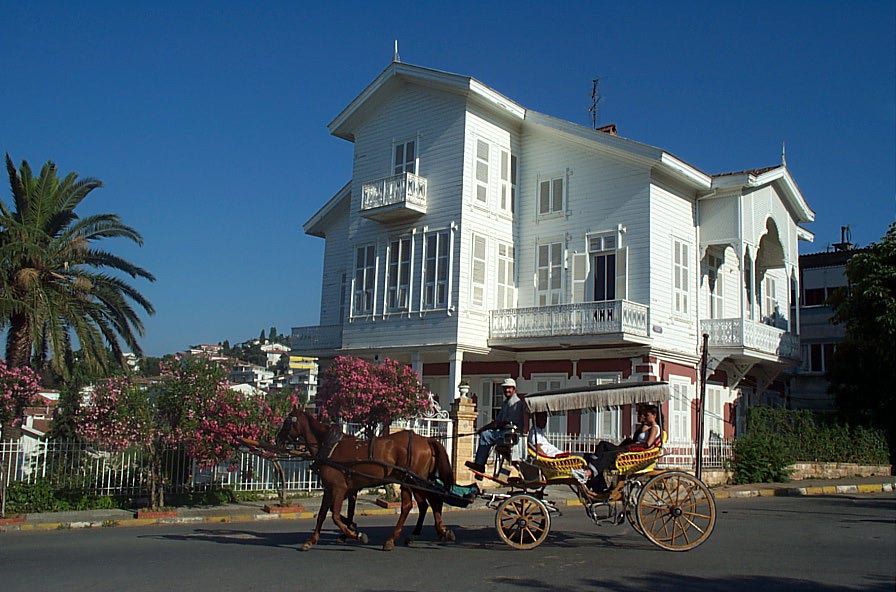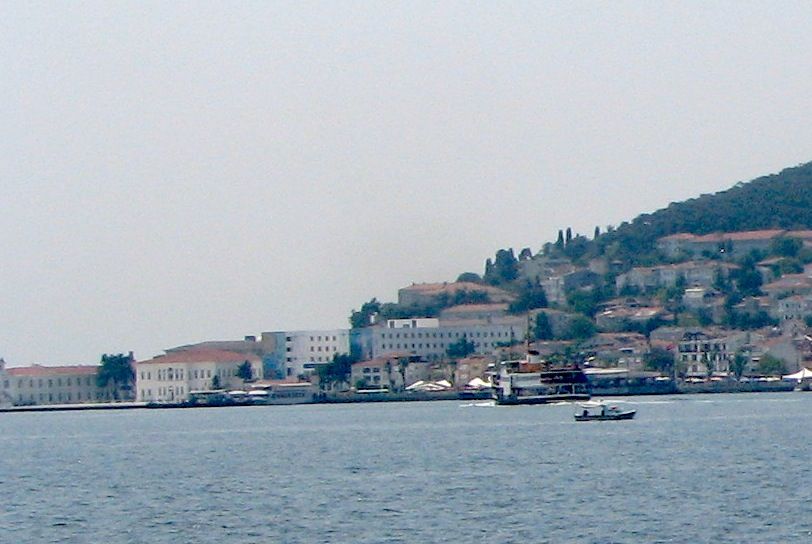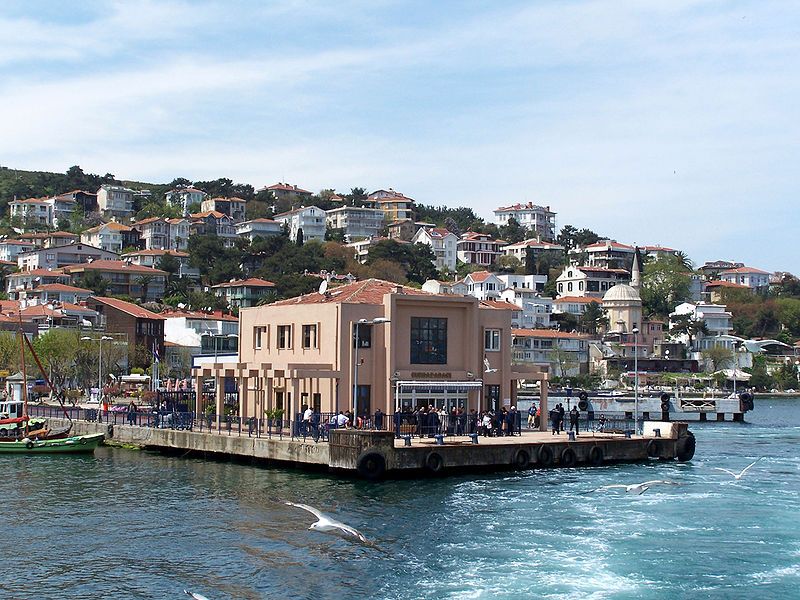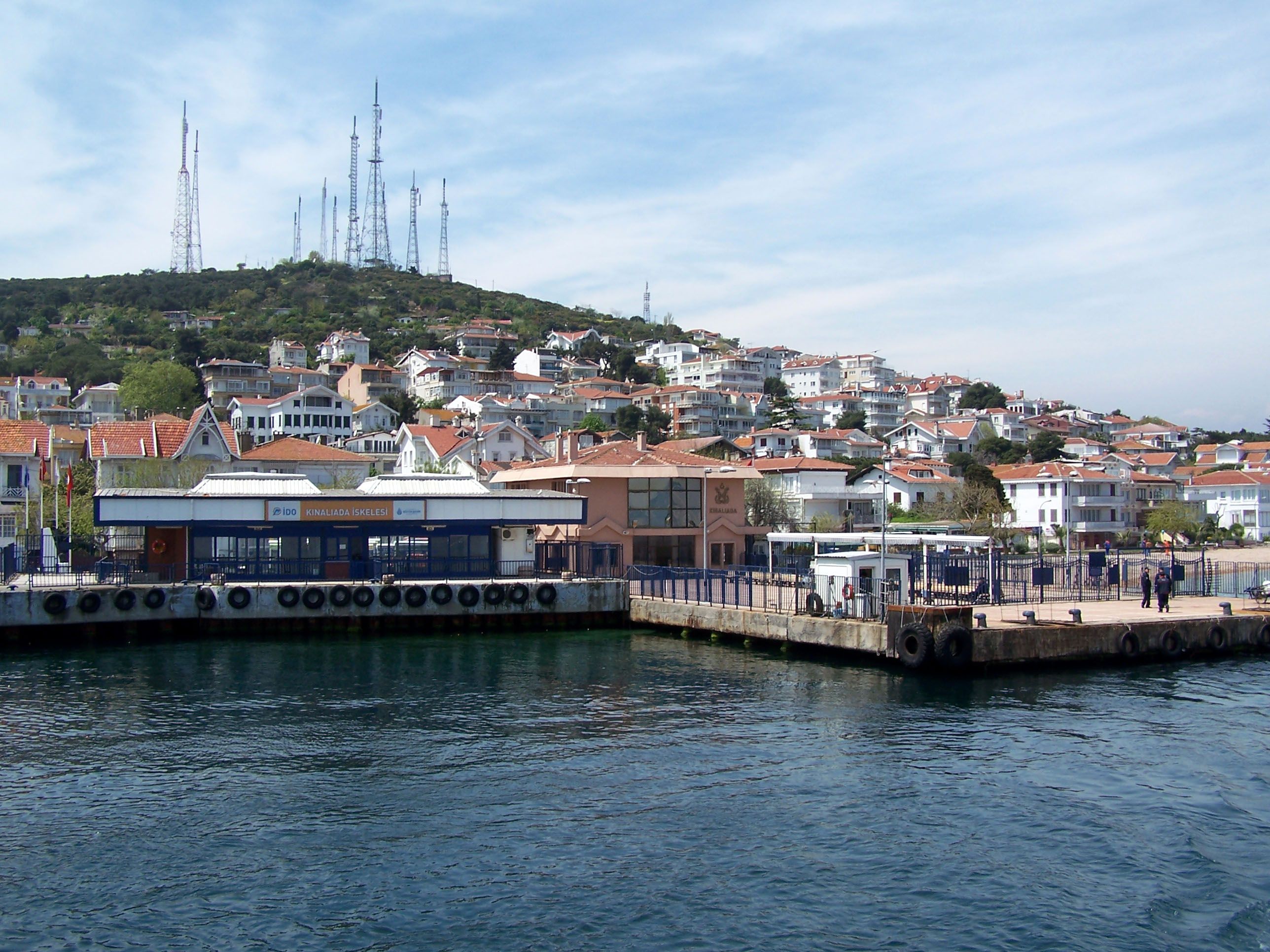Buy or gift a stand-alone digital subscription and get unlimited access to dozens of back issues for just £18.99 / $18.99 a year.
Please register at www.exacteditions.com/digital/cornucopia with your subscriber account number or contact subscriptions@cornucopia.net
Buy a digital subscription Go to the Digital EditionLess than an hour from the centre of Istanbul, these small islands in the Sea of Marmara seem a million miles away. Known simply as Adalar (the islands),they are the subject of the fourth of Cornucopia's Istanbul Unwrapped series (issue 53). The pace of life in what are known simply as Adalar (The Islands) is measured by horse-drawn phaeton, while the handsome clapboard houses, pine woods and pure air give the islands a truly rural feel. Both Heybeliada and Büyükada make good bases for exploring the city.
Seen from Istanbul on a summer’s day, the nine Princes Islands seem to float in the heat haze of the Sea of Marmara like a stone Armada anchored off the Anatolian shore. Scores of ferries and private motorboats packed with day-trippers stream out from the city, filling the islands’ stony beaches with swimmers and their pavement fish restaurants with diners. On summer nights the main square of Büyükada (also known as Prinkipo), the largest of the islands, is thronged with chattering teenagers and the terrace of the venerable Splendid Hotel fills with venerable old ladies playing silent games of whist.
But the Princes Islands have not always been the city’s holiday playground. To the early Byzantines, they were the Demonnesoi, the Demons Islands, perhaps in an unconscious echo of the ancient fear of mysterious, bewitched islands that haunts much ancient literature, beginning with The Odyssey. Perhaps, more practically, the demons the Byzantines feared were those who wrecked ships during the Marmara’s short but vicious autumn storms on the treacherous shoals between the islands and the coast – including three phantom islands, now safely marked by lighthouses, which break the surface of the water only at low tide. Or perhaps they were disturbed by the almost supernatural way that the islands, so deadly real to sailors, melt like an insubstantial pageant when the winter sea-fog rolls in and hides them from the eyes of city-dwellers as though they had never existed.
Seen from Istanbul on a summer’s day, the nine Princes Islands seem to float in the heat haze of the Sea of Marmara like a stone Armada anchored off the Anatolian shore. Scores of ferries and private motorboats packed with day-trippers stream out from the city, filling the islands’ stony beaches with swimmers and their pavement fish restaurants with diners. On summer nights the main square of Büyükada (also known as Prinkipo), the largest of the islands, is thronged with chattering teenagers and the terrace of the venerable Splendid Hotel fills with venerable old ladies playing silent games of whist. But the Princes Islands have not always been the city’s holiday playground. To the early Byzantines, they were the Demonnesoi, the Demons Islands, perhaps in an unconscious echo of the ancient fear of mysterious, bewitched islands that haunts much ancient literature, beginning with The Odyssey. Perhaps, more practically, the demons the Byzantines feared were those who wrecked ships during the Marmara’s short but vicious autumn storms on the treacherous shoals between the islands and the coast – including three phantom islands, now safely marked by lighthouses, which break the surface of the water only at low tide. Or perhaps they were disturbed by the almost supernatural way that the islands, so deadly real to sailors, melt like an insubstantial pageant when the winter sea-fog rolls in and hides them from the eyes of city-dwellers as though they had never existed.
Ferries to the islands leave from Kabataş, Kadıköy, Eminönü, and, on the Asian side, Bostançı. See the IDO website for times and fares.
…is a joy. Either hire a bicycle (check the brakes first) or jump in a phaeton and sit back listening to the click-clack of hooves. Prices are fixed and all drivers are required to carry a tariff card with them.

The grandest of the Princes Islands, and the one to explore if you only have time for one. Have a fish lunch by the sea. Take a phaeton and leave your cares behind... The lovely architecture includes Sivastopol Köşkü, the villa where Trotsky spent more than three years in exile from 1929, writing his autobiography, an episode told by Norman Stone in Cormucopia 28

The second largest of the Princes Islands, with lovely walks and retreats, and a naval academy that brings a certain raison d'etre to the place. Phaetons are availble but even the longest walk is doable on foot.

A single steep hill, with a glorious view from the top. Burgaz has a picturesque, rather Far-Eastern air about it as you look across to it over tiny Kaşık Adası from Heybeliada.

Apparently very built up, Kınalıada, the Henna-colour Island, has its private side, too, the south-facing beach, where the winds will blow the most stubborn cobwebs away.

Cornucopia works in partnership with the digital publishing platform Exact Editions to offer individual and institutional subscribers unlimited access to a searchable archive of fascinating back issues and every newly published issue. The digital edition of Cornucopia is available cross-platform on web, iOS and Android and offers a comprehensive search function, allowing the title’s cultural content to be delved into at the touch of a button.
Digital Subscription: £18.99 / $18.99 (1 year)
Subscribe now